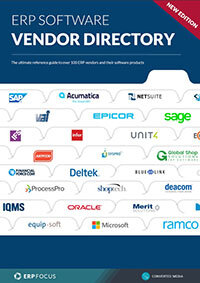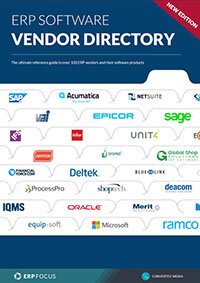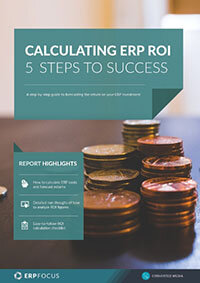The real cost of free: how much does open source ERP cost?
When you are selecting a new ERP system, you likely will discover open source ERP. In general, ERP systems are expensive and some can cost well into the millions, depending on your implementation needs and the size of your company. Free and open source ERP can seem to be an instant bargain. Look before you leap. Open source might be exactly what your business needs, but understand the details first.
Read the small print
You can download open source ERP and use if for free. Check out the license. If you plan to use it to help manage your enterprise, there might still be license fees. They could depend on the number of users or the number of sites but free only might apply to a single user and a single instance of the ERP.
Compare open source and proprietary ERP systems with our interactive ERP comparison tool
If you select a proprietary ERP system, you also get the benefit of a team of consultants to help as well as ongoing support that is available. The documentation and user manuals will be pretty well written and understandable to a wide range of audiences. Open source ERP might not have any support under the same organization. There is third-party support available for most systems but the support and implementation organizations are likely to be much smaller and more regional than worldwide. Whatever support your business needs will not be free – those consultants need to make a living too.
Hardware and maintenance costs
When you download your open source ERP, you install it on your own computer or server. To use it throughout your enterprise, you need client computers and a network powerful enough to support your requirements. That network of computers has a cost too. Not only is there the original installation cost, but added to that is the cost of maintaining the network over time and protecting it against security risks. This is another cost to be considered.
Do you have development expertise in-house?
Customization might be one of the most-liked advantages of open source ERP. You own the software and are free to modify it to meet your needs. Who will do the work? Do you have a staff of expert developers who are looking for more work? Didn’t think so. You will need to hire in those developers or outsource the effort. Customizing a proprietary ERP like SAP or Epicor might have a similar cost but there is already a cadre of developers working regularly with those ERPs.
If you lean toward open source ERP, carry out a thorough risk assessment exercise before proceeding. Sage has thousands of users and is used around the globe. Any of the top ERP systems puts a lot of effort into building best practices into their systems. You might pay to incorporate those best practices into your open source ERP.
End of life is another risk to consider - Oracle could close up tomorrow but that is not likely. The license owner for an open source ERP is much smaller business and could shut the doors with no notice. On the other hand, there are already a number of developers that have been and will continue supporting that system just as they have been, which is one of open source software’s key strengths.
Open source ERP could be exactly what your organization needs - but be sure to look beyond the free code and carry out a thorough cost analysis before implementing one.
Free white paper

ERP Software Vendor Directory
Put the most comprehensive ERP vendor directory on your desk today

Featured white papers
-

Calculating ERP ROI: 5 steps to success
Calculate your new ERP's financial benefits with this comprehensive guide
Download
Related articles
-

Top 10 ERP selection criteria (including checklist)
The most important ERP selection criteria you should keep in mind during your selection process.
-

Secret KPI: Why Your ERP Implementation Team Matters More Than Software
Learn how Godlan ensures successful ERP implementation for manufacturers with proven strategies &...
-

How much does ERP cost? (Free ERP cost and budget guide)
How much does an ERP system cost in 2025? Everything you need to make an ERP software budget

